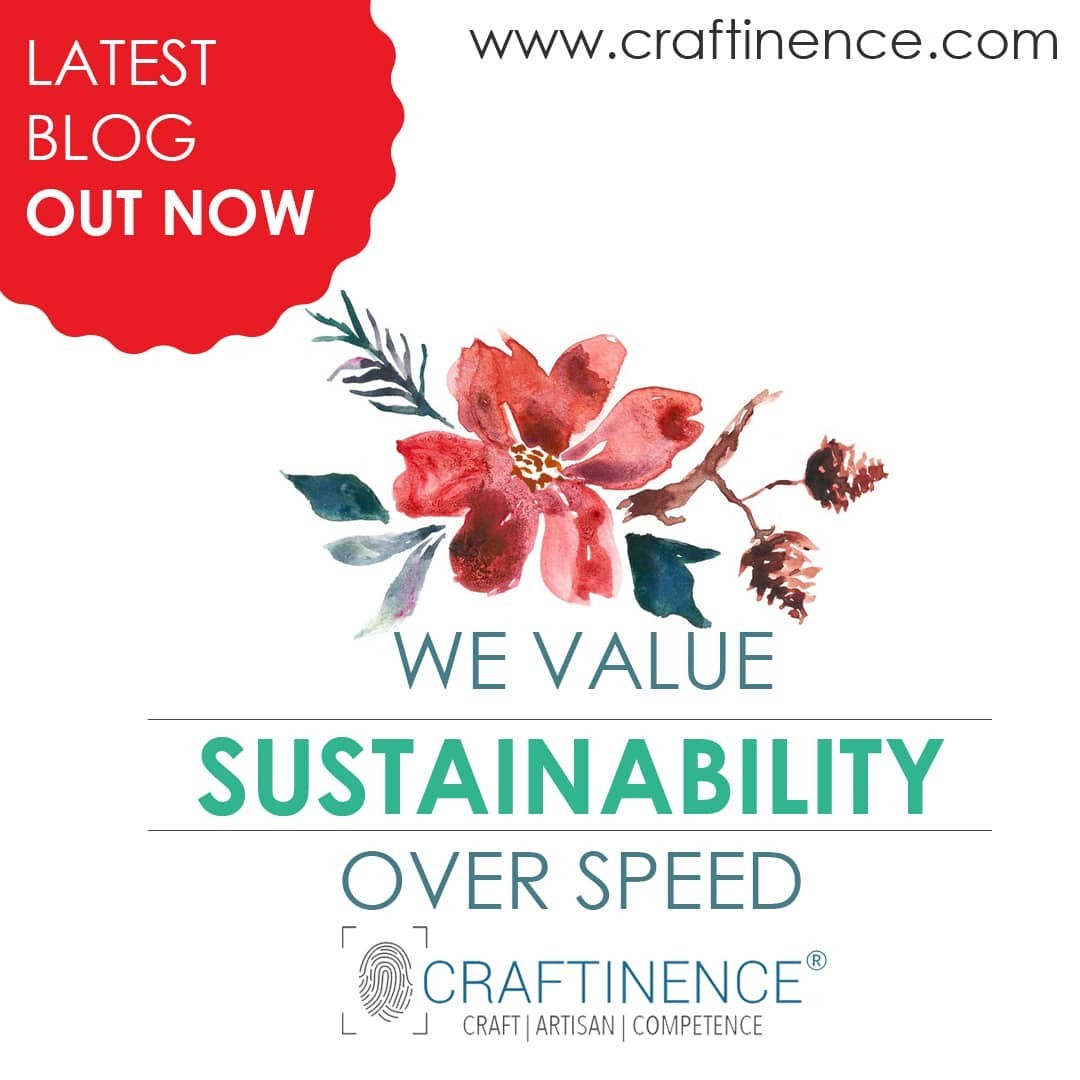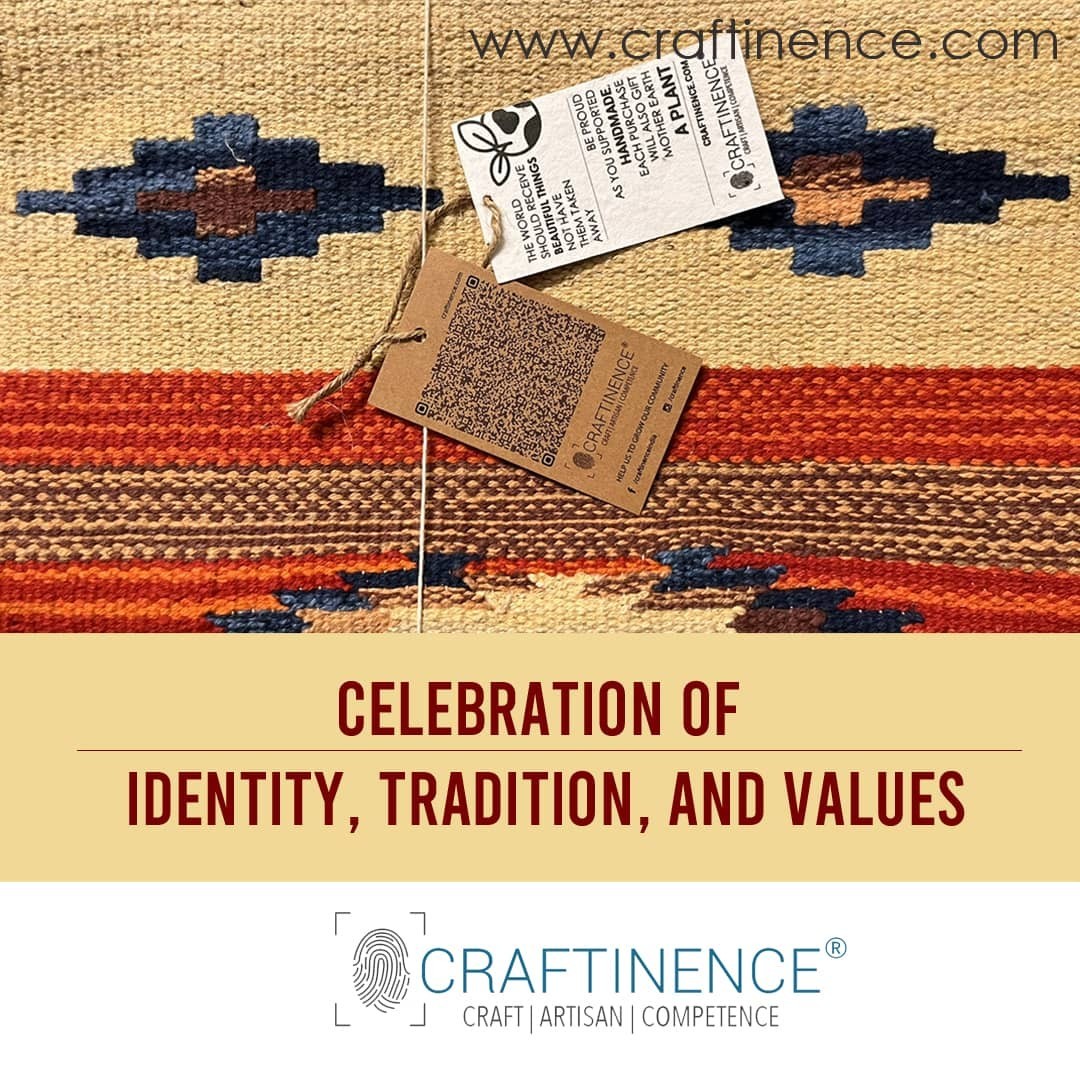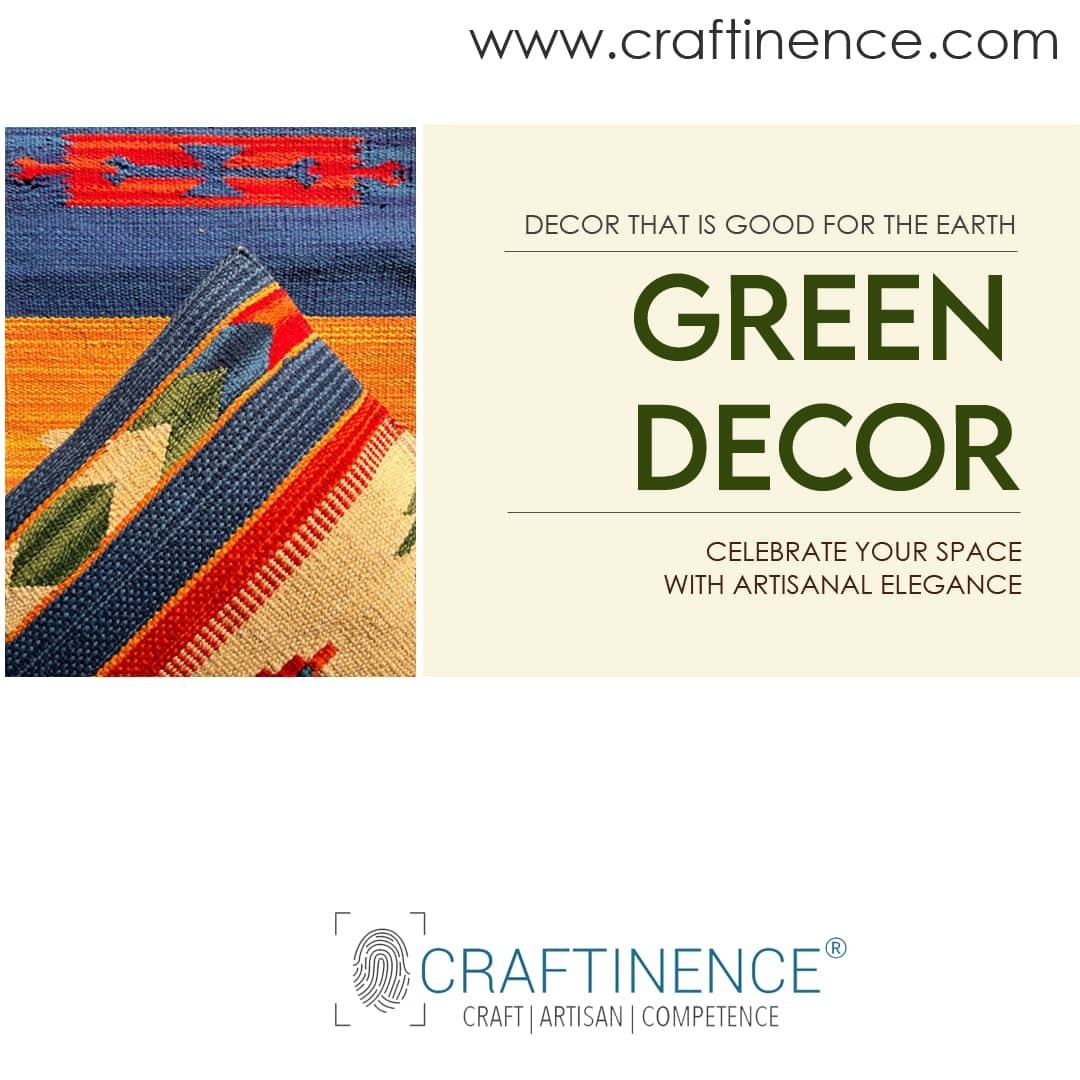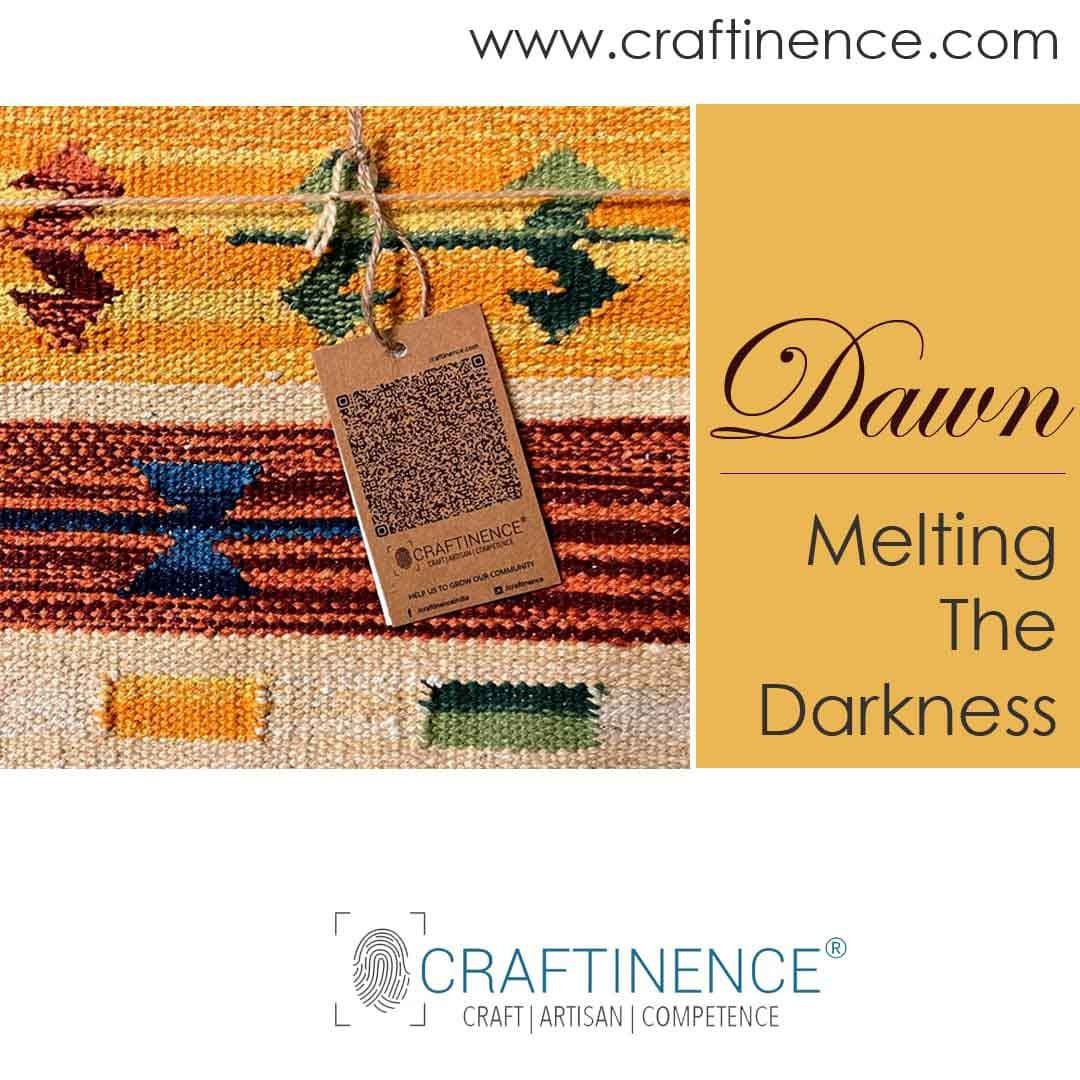Categories
Latest Post
-
comment 0 comments
-
10 Reasons to Be Proud of Owning a Handmade Craftinence®...
comment 0 comments -
Say Goodbye to Boring eco friendly gifts Gifts: Discover...
comment 0 comments -
Cushion Cover Set of 5: A Home Design Must-Have
comment 0 comments -
Discover This Holi how Craftinence® & EarthBased Are...
comment 0 comments -
How to Keep Your Dining Table Mats Clean and Maintained:...
comment 0 comments
Recent Comments
-
These boho bags are useful & easy to carry. Best companion during your casual...Mar 1, 2024

Craftinence Handmade Kilim Table Mats: From Ancient Roots to Modern Trends
Table mats, also known as placemats, are more than mere functional accessories in the realm of dining decor.
They are silent witnesses to the evolving tapestry of our culinary history, reflecting changes in taste, culture, and craftsmanship. In this historical journey, we delve into the origins of table mats, their early purpose, and how they have metamorphosed over time, with a focus on specific features like size, fringe, and their role in the world of tableware and kitchenware.
Origins and Early Usage:
The concept of using something beneath tableware dates back centuries. In medieval times, elaborate tablecloths served both as decorative elements and practical tools for catching spills. However, it wasn't until the 19th century that dedicated table mats emerged. Initially made of simple materials like straw or fabric, they protected tables from heat, scratches, and stains.
Evolution in Design and Function:
As society progressed, so did the design and function of table mats. The Victorian era saw the rise of intricately embroidered mats, reflecting the opulence of the time. These mats were not only functional but also became symbols of status and refinement.
In the 20th century, the mass production of table mats became possible, leading to a broader range of materials and designs. The introduction of synthetic materials like vinyl offered a practical and easy-to-clean option, catering to the modern lifestyle.
Size Matters: The Rise of 13x17 Table Mats:
Size is a crucial aspect of table mat design, impacting both aesthetics and functionality. The standard 13x17 table mat became popular for its versatility. It provided ample space for a plate, cutlery, and glass, creating a well-defined individual setting while still leaving room for decorative elements on the table.
Fringed Elegance vs. Fringeless Simplicity:
One of the defining features of table mats is the presence or absence of fringe. Historically, fringed table mats were associated with luxury and formality. They added a touch of opulence to dining settings, often complementing fine china and silverware. On the other hand, fringeless table mats exuded simplicity and modernity, aligning with the minimalist trends of the mid-20th century.
The 21st Century Renaissance:
In recent years, there has been a resurgence of interest in artisanal craftsmanship and a preference for sustainable materials. This has given rise to a new era of table mats that blend traditional charm with contemporary sensibilities. Handwoven mats with fringe, reminiscent of bygone eras, are making a comeback, catering to those who appreciate the artistry behind each piece.
Table Mats Sets of 4: Creating Cohesive Dining Experiences:
The concept of table mats as part of a set gained prominence, allowing for cohesive and visually appealing dining experiences. Sets of 4, in particular, became popular for family dining, enabling a harmonious arrangement on the table. This shift in consumer preference contributed to the market offering diverse sets to suit various tastes and interior styles.
Table Mats in the World of Tableware and Kitchenware:
Beyond their aesthetic appeal, table mats play a vital role in the broader context of tableware and kitchenware. They serve as essential elements in creating a welcoming atmosphere during meals. Coordinating mats with the overall table setting enhances the dining experience, showcasing a meticulous attention to detail and design cohesion.
From their humble beginnings as functional protectors to becoming key players in the realm of dining aesthetics, table mats have undergone a remarkable evolution.
The interplay of size, fringe, and design reflects not only changing trends but also the diverse preferences of individuals and cultures.
As we continue to weave the threads of history, table mats remain timeless pieces that tell stories of our culinary past and shape the visual narratives of our dining present.










